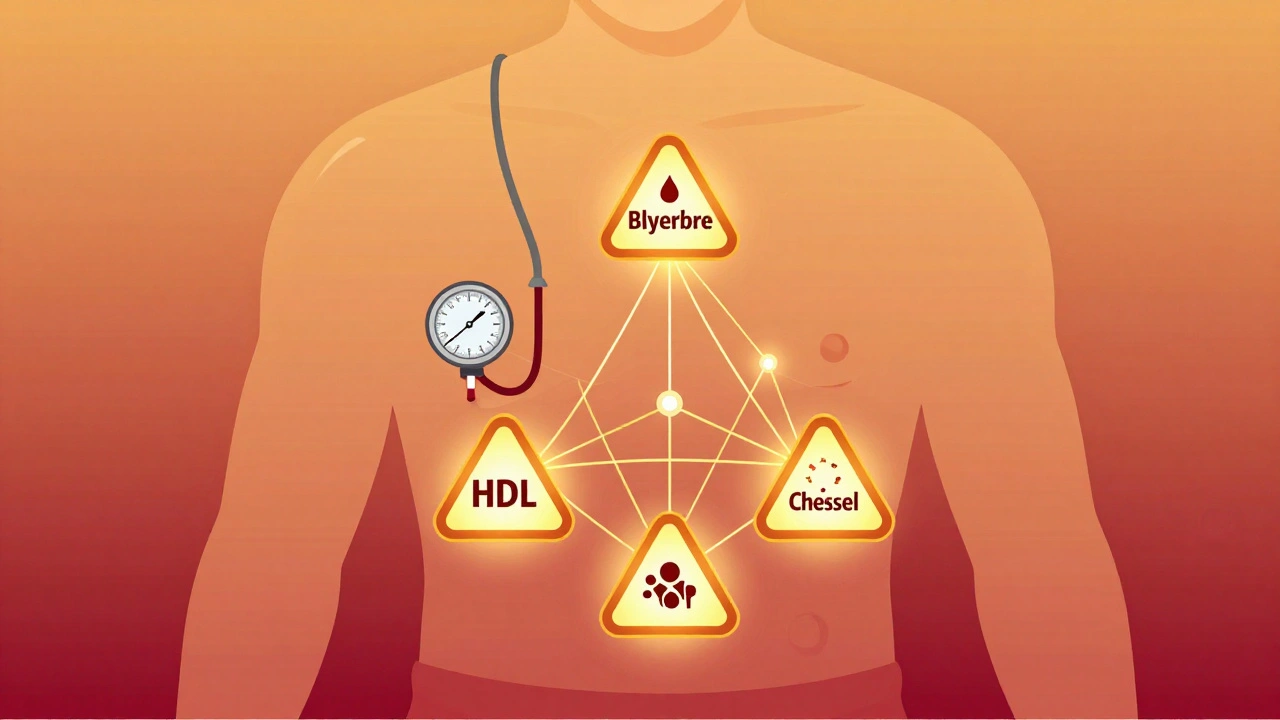Migraine Treatment Options: What Works Now
Migraine can stop your day fast. About 1 in 7 people get them, and the right mix of treatments makes a big difference. Below you’ll find clear, practical choices you can try or discuss with your doctor so you spend less time worrying and more time living.
Fast relief: what to use when a migraine starts
When pain hits, act quickly. Over-the-counter options like ibuprofen or naproxen work well for mild to moderate attacks. Take them at the first sign—waiting usually makes them less effective.
For stronger attacks, triptans (sumatriptan, rizatriptan, eletriptan) are commonly prescribed. They target the chemical signals that cause migraine pain. If you feel nauseous, combining a triptan with an antiemetic (metoclopramide) often helps you keep the pill down and speeds recovery.
Newer choices include gepants (ubrogepant, rimegepant) and ditans (lasmiditan) which can help people who can’t take triptans or have heart disease risks. Avoid opioids and overusing acute meds—taking pain pills too often can actually cause more headaches (medication overuse headache).
Preventive strategies and lifestyle fixes
If you get migraines more than 4 times a month or they last long, prevention is worth a try. Traditional preventives include beta-blockers (propranolol), certain antidepressants (amitriptyline), and anticonvulsants (topiramate). These lower attack frequency over weeks to months.
Biologic options—CGRP monoclonal antibodies like erenumab, fremanezumab, and galcanezumab—work well for many people and are injected monthly or quarterly. Botox injections are another proven option for chronic migraine (15+ headache days monthly).
Don’t forget lifestyle: regular sleep, steady meals, hydration, and moderate exercise cut attack risk. Track triggers (foods, stress, weather, hormones) in a headache diary so you spot patterns and adjust routines.
Supplements with some evidence include magnesium, riboflavin (B2), and coenzyme Q10. They’re low risk and can be combined with other approaches, but check doses with your clinician.
Red flags that need urgent care: a sudden 'thunderclap' headache, new focal weakness, confusion, high fever, or a headache after head injury. Those symptoms need immediate medical attention.
Practical tips: start acute meds early, limit simple painkillers to under 10–15 days per month, and keep a short log of attacks and triggers. If your attacks are frequent, severe, or changing, ask a neurologist about preventive options like CGRP drugs or Botox.
Migraine care is personal—what helps one person may not help another. Try one change at a time, track results, and talk to your doctor about options that fit your health, pregnancy plans, and other medications.






